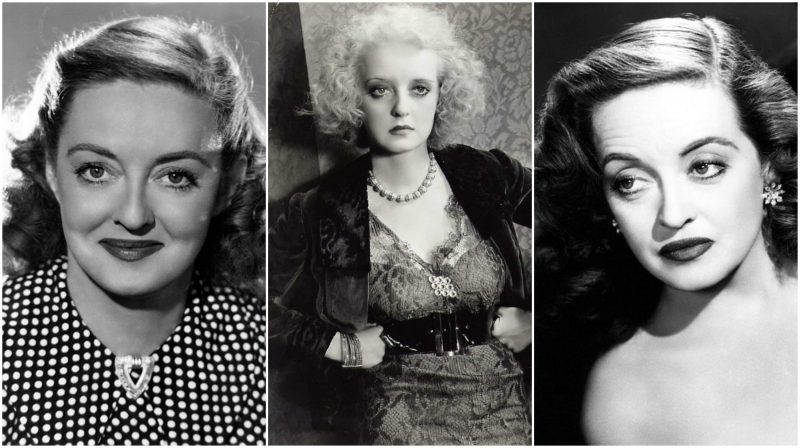Bette Davis is regarded as one of the greatest actresses who appeared on American cinema, for numerous reasons, but mostly for her willingness to take on the roles which were otherwise deemed sardonic or unsympathetic.
In the early cinema, the aim of every good-looking actress was to hit on roles that were memorable in the good sense of the word, meaning to be either the center of the plot or represent any other rather sympathetic character.
Bette Davis, however, broke that unwritten rule and decided to take on the challenge of widening the scope of her performances with an underlying risk of falling victim of critics.
Bette, on the other hand, succeeded in her gamble and emerged as one of the most memorable female figures of American cinema.
Bette’s performances range from contemporary melodramas to comedies and even historical films, each with a distinct character and a new level of accomplishment. However, Bette had earned some of her most cherished appreciations for her roles in romantic dramas.
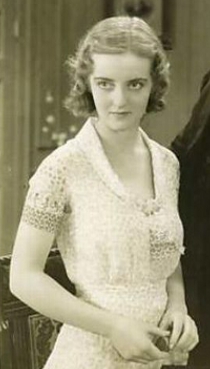
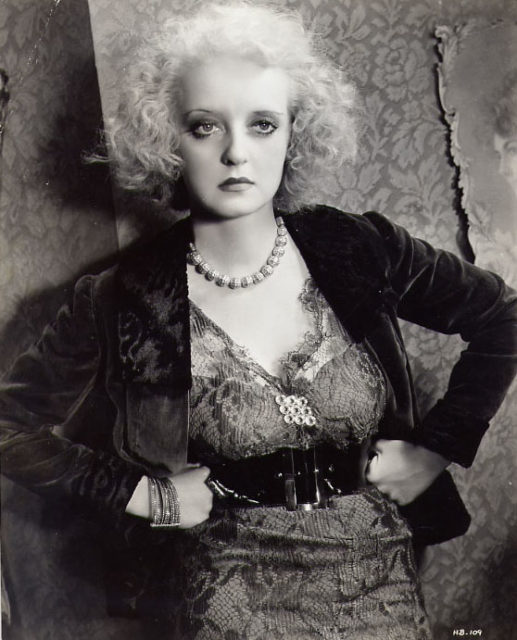

Bette didn’t have a very promising start per se, When she decided to move to Hollywood in 1930, after appearing in some Broadway plays, she was aiming for quality work. However, her early films under the Universal Studios banner didn’t meet her expectations and reviews were not encouraging either. This initial setback didn’t hinder Bette’s ambitions and instead of re-routing her career, she decided to join the Warner Bros. in 1932.
This move proved to be a pretty good gamble for Bette as with the Warner Bros. Bette got the chance to establish her career with back to back critically acclaimed performances. This wave of success continued up until 1937 when Bette decided to make another radical move: to divorce herself from the Warner Bros. contract. This invoked a legal case against Bette which quickly became highly publicized, and despite the fact she lost the legal case, this move marked the beginning of the most successful period of her acting career.
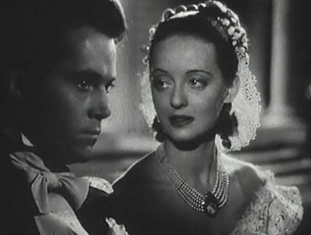
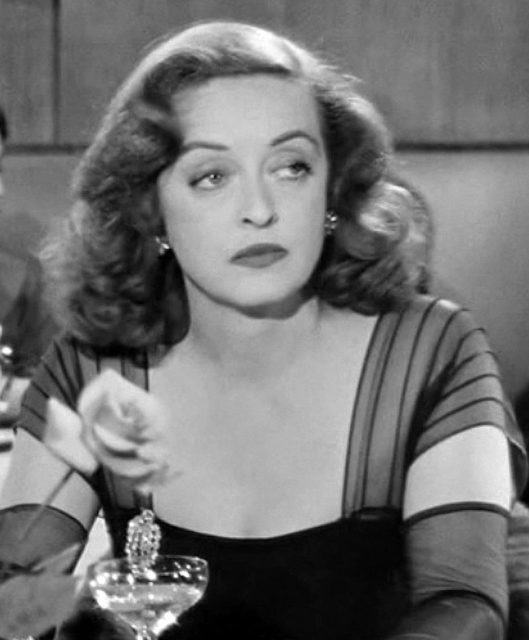
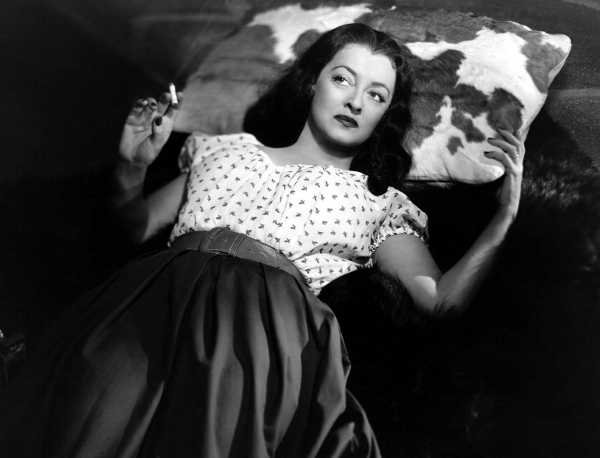
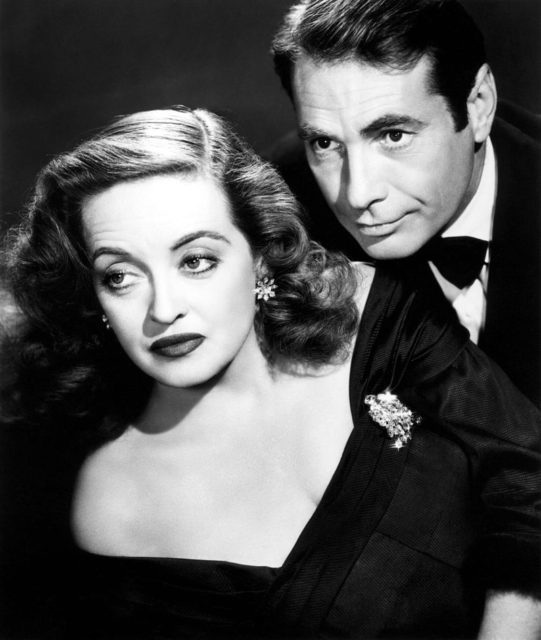
By the time 1940’s rolled in, Bette Davis was extremely popular and considered as the most celebrated leading actresses of American cinema. Betty was known for her forceful and very intense portrayal of characters as she was taking on challenging roles that demanded immense physical and emotional involvement. By that time Bette had gained another parallel reputation amongst her peers: she was a known perfectionist, often highly combative and confrontation with film directors, studio executives, and even co-stars.
Bette was a successful name and a near guarantee of a success of a project but on the other hand, she was equally demanding and forceful in her assertions regarding her role or schedules. Bette’s forthright manner, the uniquely clipped vocals, and ubiquitous cigarette not only contributed to her public persona but have been widely parodied and sometimes even imitated by a number of other actresses.

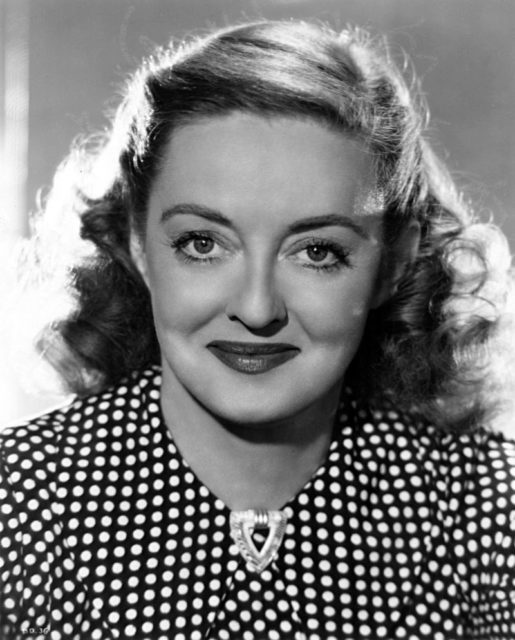
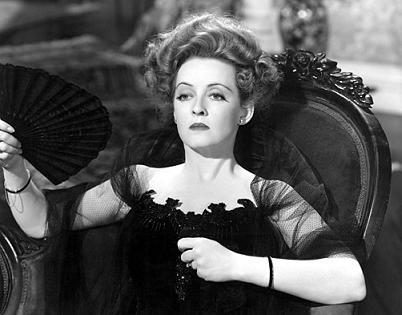
Bette’s personal life had suffered greatly as a result of her success and public persona. According to Bette, her cinematic success came at a great expense of her personal relationships. Bette married four men in her life, one of her husbands died, whereas she took divorce from other husbands.Consequently, she had to raise her children as a single parent, which was not an easy feat. Her later days were marred by a period of long and severe illness.
Read another story from us: Grace Kelly: the Queen of Monaco and Hollywood’s leading lady
Though she was suffering from breast cancer, Bette didn’t leave her career behind and continued her acting performances until very shortly before her death. Bette Davis was ranked second on the American Film Institute’s list of greatest female stars of classic Hollywood cinema, on which Grace Kelly, for example, was ranked 13th.
